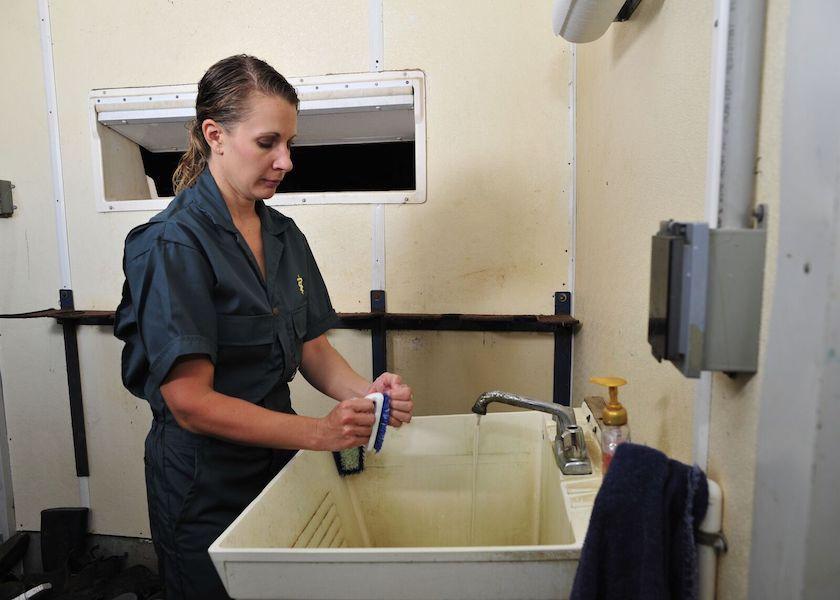7 Steps to Create a Biosecurity Plan

No matter what type of livestock operation you run, biosecurity should always be at the forefront of your mind. Putting biosecurity protocols in place can help reduce the risk of disease being transferred to not only livestock, but to humans as well.
According to Joe Armstrong, DVM, University of Minnesota Extension cattle production systems educator, having a biosecurity plan can help protect your farm from external pathogens and can minimize the transmission of diseases on your operation. To build a biosecurity plan for your farm, Armstrong provides these seven steps.
1. Determine your goal.
Before you can develop your plan, it is important to determine your end goal. You can’t get to where you are wanting to go unless you know where you are at. To do this, Armstrong suggests asking yourself two questions:
- Is there a specific disease that you are looking to target that you already have?
- Is there a particular disease you are worried about acquiring?
If you don’t know the answers to these questions, that’s okay. Reach out to your veterinarian for help.
2. Develop your team.
One of the most valuable members to have on your farm’s team is your veterinarian. When formulating your biosecurity plan, be sure to include them in on the discussion.
“Your veterinarian is one of the only people you work with that can comment on your entire system and how everything works together,” Armstrong says. “They have specific biosecurity training that can help you develop a plan that targets your most significant transmission risks.”
3. Formulate the plan.
As you begin to write down your farm’s intentions, it is crucial that you be as specific as possible. No matter how simple a protocol may be, you still need to have it in writing. Armstrong suggests creating visible materials that can serve as a reminder to you and your staff.
4. Get everyone on board.
“Biosecurity only works if everyone follows the protocols,” Armstrong says. “One person that isn’t on board can derail the whole thing. Make sure everyone understands what to do and make sure everyone understands why it is important.”
Consider having a team meeting to go over the new protocols and ask employees for their suggestions and feedback.
5. Start the plan.
Now that the plan has been given the green light, it’s time to put it in action.
“The sooner it is in place, the sooner you can refine the protocols and identify problem areas that need to be resolved,” Armstrong says.
6. Fine tune.
Because of workforce turnover and changing conditions on dairy farms, biosecurity training needs to on-going and continually reinforced. It may be helpful to ask your veterinarian to attend these training sessions to answer some of the questions your team members might have.
7. Evaluate and make adjustments.
One of the most important steps in formulating a biosecurity plan is to make adjustments as necessary. Be sure to record incidences of diseases to help measure whether you plan is working or not
“If your plan has been given enough time to work, you can decide if you need to change your plan based on your evaluation,” Armstrong says.







